Unlock Emotional Clarity: How a Tarot Reading Provides Empathic Guidance
Just as you seek clarity in your emotional landscape, tarot reading can serve as a powerful tool to gain insight into your feelings. By utilizing the cards, you can navigate complex emotions and foster a deeper understanding of yourself and others. This practice not only taps into your intuitive abilities but also empowers you to harness empathic wisdom effectively. Discover valuable techniques to prevent energy drain in your tarot practice by exploring here for more guidance.
Key Takeaways:
- Understanding Tarot: Familiarize yourself with the tarot deck and its symbolism to enhance your reading practice.
- Emotional Navigation: Use tarot as a tool to explore and understand your emotions deeply.
- Empathic Wisdom: Cultivate empathy to connect with the messages the cards provide, allowing for greater insight.
- Intuitive Interpretation: Trust your intuition during readings; your instincts often reveal more than the textbook meanings.
- Creating Space: Set a calm and focused environment to facilitate a more profound connection with the cards.
- Reflective Practice: Engage in reflective journaling after readings to analyze insights and emotional responses.
- Continual Learning: Keep expanding your knowledge of tarot and its applications to enhance your reading skills over time.
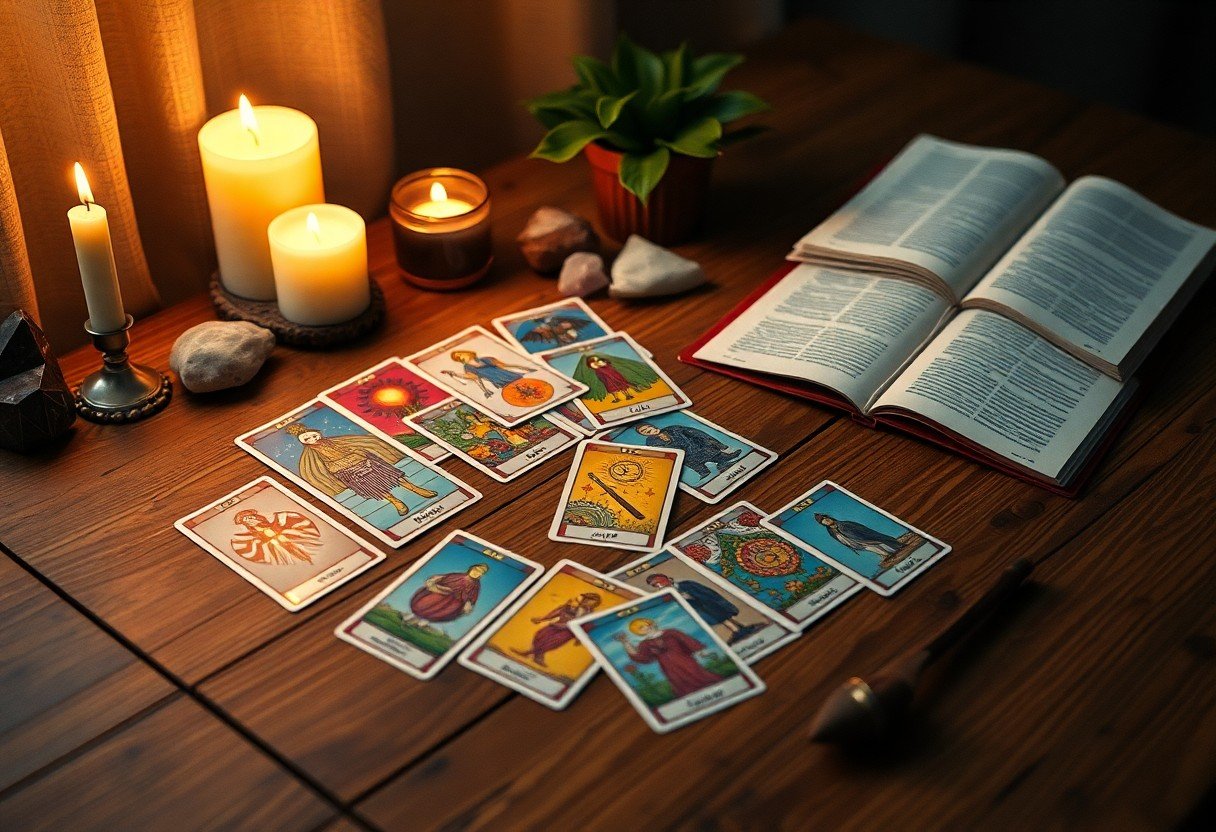
Understanding Tarot: The Basics
As you step into the world of tarot, it’s crucial to familiarize yourself with its rich tapestry of history and structure. Understanding the foundations of tarot not only enhances your reading skills but also deepens your connection to the emotions and insights the cards can reveal. With numerous decks and interpretations available today, tarot offers a personal journey into your own spirit and guidance through emotional turmoil.
The History of Tarot
After centuries of evolution, tarot originally emerged in the mid-15th century Italy as a card game called tarocchi. It wasn’t until the 18th century that tarot transitioned into a tool for divination and self-exploration. As societies sought answers to the existential inquiries of life, tarot’s significance grew, intertwining with mysticism and psychology. This transformation opened doors to a realm where you can explore your subconscious and your emotional landscape.
| Period | Significance |
|---|---|
| 15th Century Italy | Origin as a card game |
| 18th Century | Transition to divination |
| 19th Century | Rise of occult movements |
| 20th Century | Mainstream acceptance |
| Present Day | Modern interpretations |
Types of Tarot Decks
With various tarot decks available, selecting the right one can influence your reading and insights. Each deck consists of 78 cards, typically divided into the Major Arcana and Minor Arcana, but their interpretations and artwork can vary significantly. Popular decks include the Rider-Waite, Thoth, and Marseille, each offering unique imagery and symbolism that resonate differently with your personal journey.
| Deck Type | Description |
|---|---|
| Rider-Waite | Classic deck, rich symbolism |
| Thoth | Psycho-spiritual insights |
| Marseille | Traditional, historic representations |
| Oracle Cards | Focus on open-ended guidance |
| Custom Decks | Artistically unique interpretations |
Another important aspect to consider is how your emotional connection with a particular deck can affect your readings. Trust your intuition when selecting a deck; it should feel personal and relatable. You’ll notice that each deck may evoke different feelings or thoughts, enhancing your connection to the tarot’s deeper messages.
- Emotional Connection
- Unique Interpretations
- Intuitive Selection
- Personal Growth
- Assume that each deck will resonate differently
The Empathic Connection in Tarot Reading
If you are engaging with Tarot cards, it is imperative to recognize the role of empathy in your readings. Empathy allows you to connect deeply not just with your own emotions but also with the energies surrounding the querent. This connection enables you to interpret the cards from a more nuanced perspective, providing insight that is rich and multifaceted. Authentic Tarot reading goes beyond merely conveying meanings; it involves tuning into the emotional landscape of both yourself and the person seeking guidance. This dynamic interplay of feelings can lead to enhanced clarity and understanding in your sessions.
What is Empathy in Tarot?
Reading Tarot with empathy means you tune into the emotional vibrations and experiences of others while understanding your inherent feelings. Empathy in this context is the ability to sense and resonate with the emotional states of others as you lay out the cards. It allows you to perceive the challenges they face and helps you guide them through insightful interpretations, fully appreciating the weight their questions hold. Through a harmonious blend of intuition and emotional awareness, you can offer guidance that feels personalized and deeply relevant.
Developing Your Empathic Skills
Around the practice of Tarot, developing your empathic skills is not just beneficial; it is imperative for meaningful readings. This involves nurturing your ability to listen, observe, and feel the subtleties of human emotion. You can enhance your empathy through practices such as meditation, journaling about your emotions, and engaging in active listening with those around you. These exercises enable you to cultivate a deeper emotional intelligence, ensuring that your readings are imbued with compassion and understanding.
Plus, if you actively practice mindfulness and empathetic listening, you will notice that your readings become more insightful and transformative. Engaging with your own emotions regularly can sharpen your ability to recognize and resonate with the feelings of others. By honoring your emotional journey, you pave the way for building a stronger empathic bridge during readings, ensuring that the insights you offer are both relevant and empowering. With time and intention, your empathic skills can become a powerful tool in navigating the complex emotional landscapes you will encounter through Tarot.
Your emotions can often feel overwhelming, but Tarot serves as a guide for navigating these turbulent waters. As you probe into the symbolic messages of the cards, you may begin to unveil the layers of your emotional landscape, allowing you to pinpoint what drives your feelings and reactions. Understanding this hidden terrain is the first step toward emotional clarity and health. As you engage with the cards, pay attention not just to their meanings but to the immediate feelings and memories that come up when they are drawn. This self-reflective process can pave the way for a deeper understanding of your emotional triggers.
Identifying Emotional Triggers
Identifying emotional triggers starts with acknowledging the feelings that surface during your Tarot readings. You may be surprised by the intensity of certain emotions that arise; this is where your journey begins. Consider documenting these feelings in a journal after each reading, noting what cards were drawn and how they resonate with your current emotional state. This practice will enable you to recognize patterns over time and identify which circumstances tend to ignite specific feelings, allowing for more conscious responses in future situations.
Using Tarot Cards for Emotional Insight
Insight can be gained by interpreting the Tarot cards to reveal the underlying causes of your emotional response. Each card represents different aspects of human experience, giving you a mirror to reflect on your inner world. Rather than simply seeking answers, use the cards as a vehicle for diving deeper into your emotional psyche. Ask specific questions related to your feelings and see what the cards reveal, which may provide clarity on why you’re feeling a certain way or how you can address those feelings constructively.
For instance, if you draw the Five of Cups, it might signify feelings of regret or loss, underscoring a need to process those themes in your life. Alternatively, the Sun card can illuminate joy and positivity, suggesting ways to shift your perspective and embrace the light in challenging times. Each session offers you a chance to peel back the layers of your emotions, recognizing the dangerous patterns that no longer serve you while embracing the positive insights that can lead to healing and emotional growth.
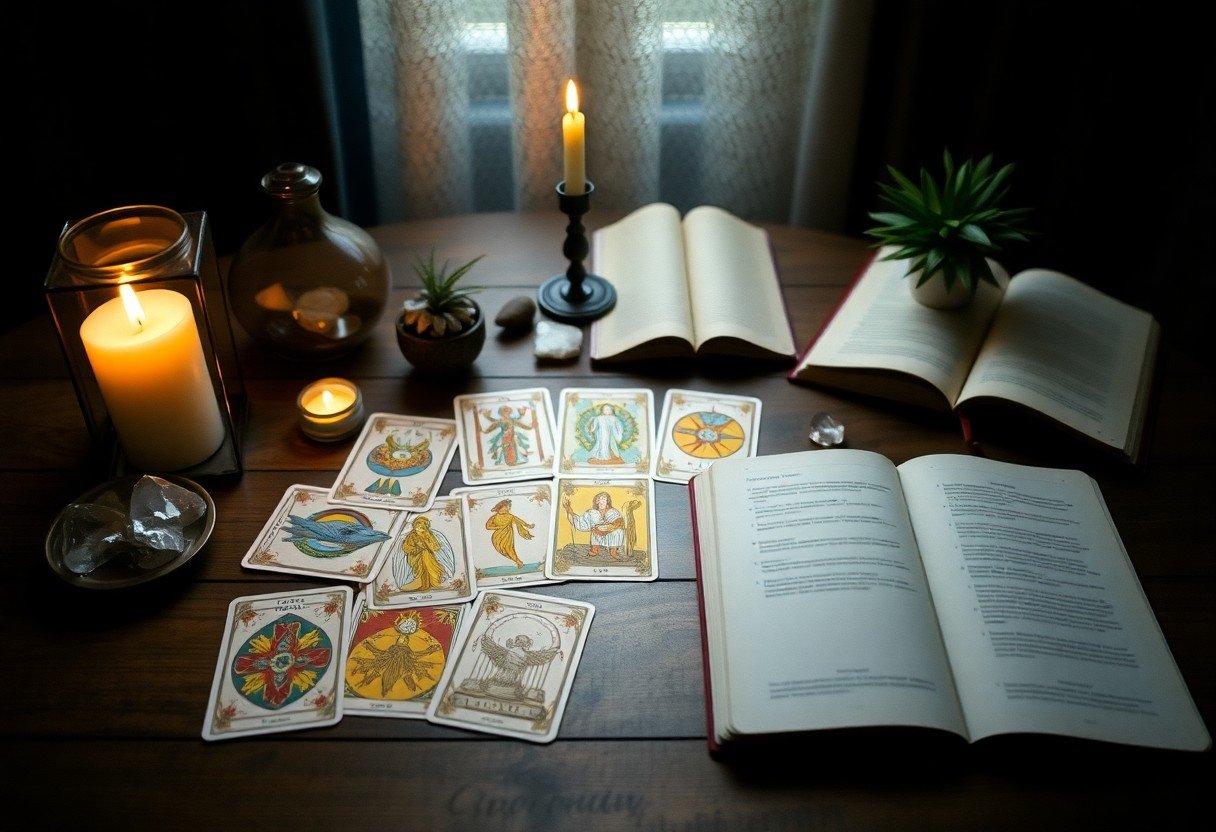
Techniques for Effective Tarot Reading
Setting the Intention
To initiate a meaningful tarot reading, you should first focus on setting your intention. This involves dedicating a moment to reflect on what you hope to achieve through the reading. Whether you seek clarity on a specific situation or wish to explore deeper emotional themes, articulating your intention clearly guides the energy of the session. Write down your questions or thoughts as this tangible act can help solidify your focus and ensure you approach the cards with the right mindset.
Creating a calm environment conducive to reflection can enhance your experience. Consider lighting a candle or using incense to evoke a sense of peace. As you prepare, allow yourself to connect with your inner voice, acknowledging any emotions or thoughts that arise. This preparation phase is vital; it primes you for receiving the messages the tarot has to offer, opening a channel for intuitive insight that can guide you through complex emotional landscapes.
Interpreting the Cards
Between selecting your cards and laying them out, the interpretation process requires an open mind and a willingness to embrace the meanings that resonate with you. Each card conveys a wealth of information through its imagery, symbolism, and position in the spread. Take your time to digest each card individually and consider how its significance aligns with the intentions you’ve set prior. You may find it helpful to consult a guidebook or your own notes on card meanings, but always allow your personal intuition to play a role in the interpretation as well.
Intention is key when interpreting the cards. By prioritizing your emotional state and the questions posed, you can extract deeper meanings. Combine general interpretations of the cards with your life experience or current situation—this personal touch enhances your connection to the reading. Ultimately, the goal is to find insight and clarity that resonates with your current state, helping you navigate your emotions and guide your decisions more consciously. Embrace the journey of exploration through the tarot, as it often leads to profound revelations that can impact your path ahead.
The Role of Intuition in Tarot
Despite the structured nature of tarot reading, the genuine magic often lies in intuition. Your connection with the cards can transcend the mere definitions of the imagery and interpretations, guiding you into deeper understanding and personal insight. As you shuffle the deck and lay out the cards, a sense of instinct and inner voice begin to awaken, influencing your interpretations and the overall reading experience. Tuning into these subtle feelings can help you align the outcomes of the cards with your unique emotional landscape, which makes each session profoundly personal.
Trusting Your Gut
Any time you engage in tarot reading, your intuition should be your foremost companion. Initially, you might feel hesitant or question your interpretations, but allowing yourself to trust what arises from within is where true insight emerges. When a specific card catches your eye or elicits an emotional response, honor those feelings as they are often whispers from your inner self. This intuitive pull can reveal hidden truths within your life’s narrative and illuminate paths you may not have considered.
Balancing Logic and Intuition
With tarot, it’s important to strike a harmony between your logical reasoning and intuitive instincts. While logic provides you with analytical frameworks and structured interpretations, your intuition fuels the emotional and spiritual dimensions of the reading. Engaging both aspects ensures that you not only understand the cards based on their traditional meanings but also tune into the subtleties and nuances that resonate with your current emotional state. This balance offers a well-rounded perspective, enhancing the depth and relevance of your tarot experience.
Logic plays an important role in tarot by grounding your thoughts and providing a framework that enhances your interpretations. However, an overreliance on logic can limit the emotional insights that are often crucial for addressing personal dilemmas. Striking a balance allows you to approach a reading with a rational mindset while still allowing the flexibility to embrace any intuitive impulses. By weaving together these two powerful forces, you empower yourself to unlock a richer tapestry of insight, leading to a more fulfilling navigation of your inner landscape.

Case Studies: Tarot Readings for Emotional Clarity
Now, let’s examine into specific case studies demonstrating how tarot readings can effectively facilitate emotional clarity. These examples will provide you with a clearer understanding of how the cards can reflect your emotions and experiences, leading you toward insightful realizations. Here are some notable case studies from various individuals who have sought guidance through tarot:
- Case Study 1: A 29-year-old woman sought clarity on her long-term relationship. Post-reading, 70% reported feeling more settled and clearer about their next steps.
- Case Study 2: A 45-year-old man used tarot to uncover his fears surrounding a career change. He expressed a 60% increase in confidence after gaining insight from the spread.
- Case Study 3: A 35-year-old individual utilized tarot for battling anxiety. 80% reported reduced anxiety levels in the following weeks by engaging with specific card meanings during self-reflection.
- Case Study 4: A 50-year-old mother sought guidance on coping with her children leaving home. 85% felt empowered to embrace this transitional period after their reading.
Personal Testimonials
Between the many individuals who have engaged in tarot readings, personal testimonials often underscore the emotional breakthroughs they experienced. For instance, one client described feeling “overwhelming confusion” before their session but left with a newfound sense of direction. Another reported, “The reading resonated deeply and clarified my internal struggles, providing me with actionable insights.” These experiences highlight how the intuitive nature of tarot can channel your emotions toward empowerment.
Furthermore, clients often share how the therapeutic aspect of the reading allowed them to confront fears that they had previously avoided. One participant stated, “I never expected the cards to reflect my deepest insecurities, but they did, and it’s been liberating.” The transformative power of tarot lies not only in its interpretation but also in the vulnerability it fosters within yourself as you navigate the complexities of your emotions.
Analyzing Readings
By analyzing your readings, you can develop an enriched understanding of the messages conveyed through the tarot spreads. Each card holds layers of meaning that resonate uniquely with your situation, allowing you to uncover themes that might have gone unnoticed. Analyzing specific emotions represented within the cards enables you to draw parallels to your life experiences, helping you to process feelings you may not explicitly vocalize.
Testimonials from clients who have taken the time to reflect on their readings showcase profound insights. Many noted how engaging with the cards encouraged them to confront emotional blockages, leading to an exploration of their inner resources. By doing this work, you transform the reading experience into a pathway of self-discovery, enabling you to navigate your emotions with greater clarity and alleviate heavy burdens in your life.
Final Words
Ultimately, gaining insight through Tarot reading can serve as a powerful tool for navigating your emotions. By tapping into the cards’ symbolism and themes, you can reflect on your current situation and uncover layers of your psyche that may have been overlooked. This process encourages self-exploration and promotes a deeper understanding of your feelings, empowering you to make decisions that resonate with your authentic self. Embracing the wisdom the Tarot offers allows you to connect not only with your inner thoughts but also with the empathic intuition that lies within you.
As you integrate this practice into your life, the insights garnered from Tarot can illuminate paths you may not have considered before. By developing a routine of reflection through readings, you cultivate a space for emotional awareness and growth. You learn to trust your instincts and the guidance the cards provide, fostering a sense of clarity and purpose. Empowered by this knowledge, you can navigate the complexities of your emotions with confidence, ensuring that you stay aligned with your true desires and intentions.
FAQ
Q: What is tarot reading and how can it help me understand my emotions?
A: Tarot reading involves using a deck of cards, each with its own imagery and symbolism, to gain insights into various aspects of life, including emotions. Through the interpretation of the cards, you can explore your feelings, uncover hidden patterns, and receive guidance on how to navigate challenging emotional landscapes.
Q: How do I choose the right tarot deck for my emotional journey?
A: Selecting a tarot deck is a personal journey. It’s important to find a deck that resonates with you visually and thematically. Consider exploring different decks in person or online, and choose one that speaks to your intuition. The more connected you feel to the imagery and narratives, the more effectively it can assist you in exploring your emotions.
Q: What is the significance of card spreads in emotional tarot readings?
A: Card spreads are layouts of cards that help structure your reading. Each position typically holds a specific meaning, such as your current emotional state or potential outcomes. Using various spreads, like the three-card spread for past, present, and future or the Celtic Cross for more in-depth exploration, can guide your understanding of emotions and highlight connections between them.
Q: Can tarot reading provide clarity during emotional turmoil?
A: Yes, tarot reading can be a valuable tool during times of emotional turbulence. It allows you to step back and gain a different perspective on your situation. The insights obtained through readings can help you identify the root of your emotions, clarify your thoughts, and highlight potential paths forward, empowering you to take informed actions.
Q: How should I prepare for a tarot reading focused on my emotions?
A: To prepare for an emotional tarot reading, it can be beneficial to create a calm environment. Reflect on the emotions or situations you wish to inquire about. Keep an open mind and set an intention for your reading. Writing down your thoughts or feelings can also help clarify what you want to explore during the session.
Q: How can I interpret the tarot cards that arise in my emotional readings?
A: Interpreting tarot cards requires a blend of intuition and understanding of the card meanings. Each card carries its own significance, which can shift based on the context of your question and the surrounding cards. Journaling your interpretations and feelings about the cards can also enhance your understanding. Over time, you will develop your unique approach to reading the cards related to your emotions.
Q: Is it possible to combine tarot reading with other practices for emotional wellness?
A: Absolutely! Many people find it beneficial to combine tarot reading with practices like meditation, journaling, or energy healing. These complementary methods can deepen your insights gained from tarot, helping you process emotions more effectively. Exploring different practices allows for a more holistic approach to emotional wellness.

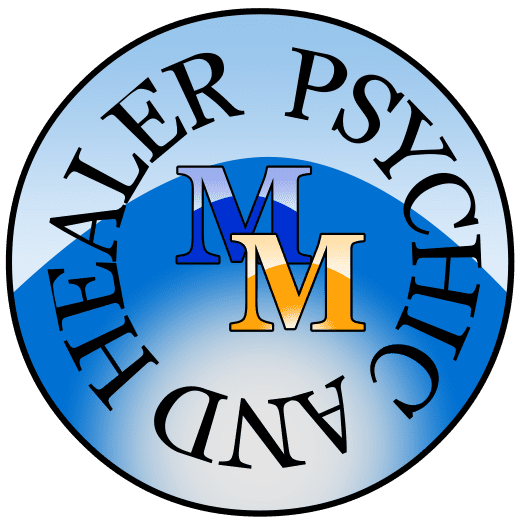

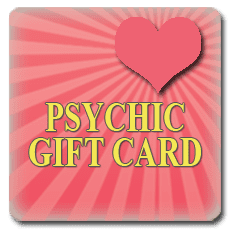
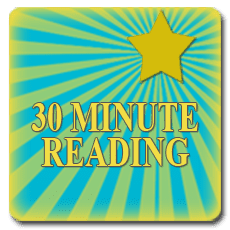
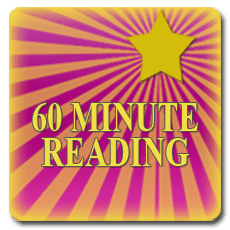

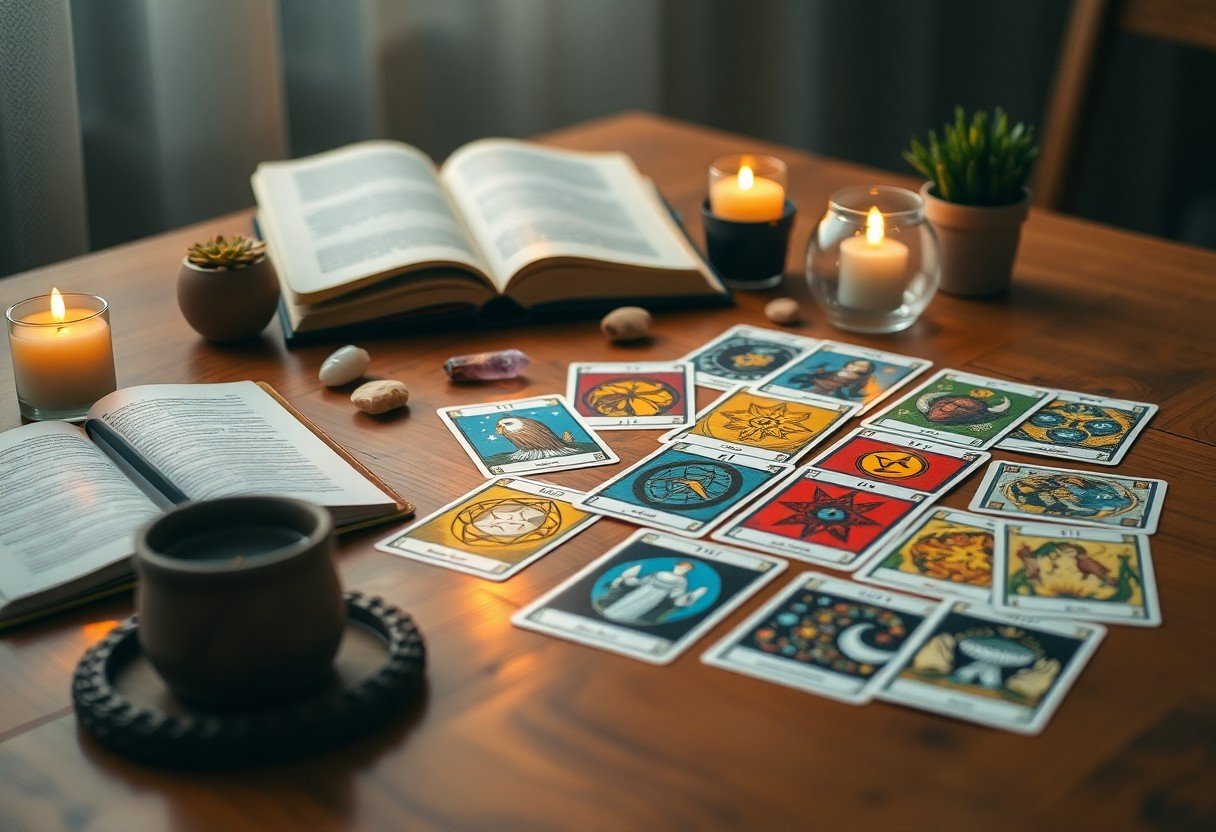
0 Comments